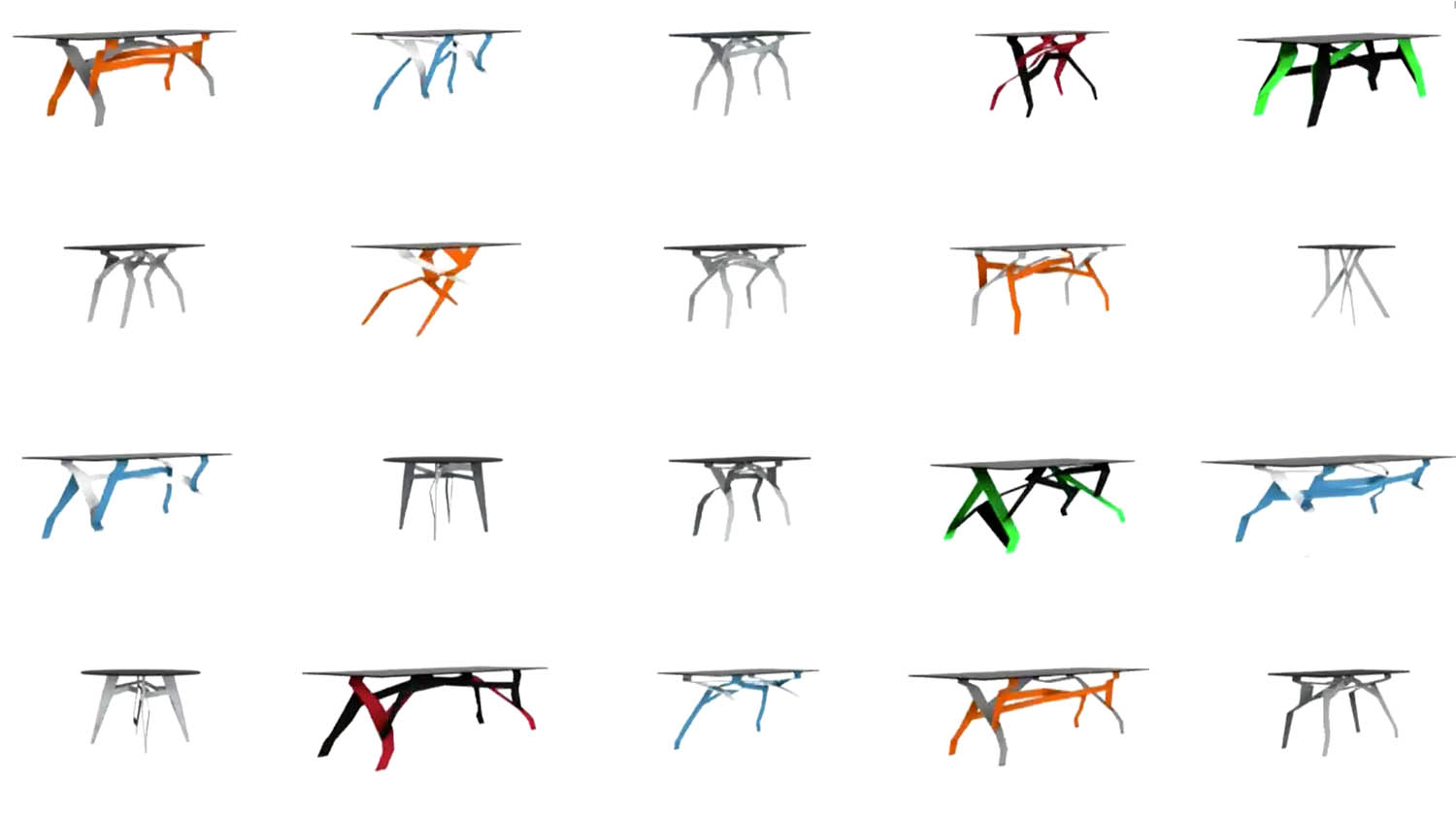
HUMAGNA caught up with world-renowned designer Clemens Weisshaar of KRAM/WEISSHAAR in New York City and got his take on how Nationalism and perhaps a Trump-presidency in the United States might impact design...
HUMAGNA:With respect to the current uptick in Nationalist sentiment in the USA and the election of Donald Trump as President... Is it possible that this could have an effect on American design?
WEISSHAAR: The Brexit referendum, Trump, the Italian referendum -- It's very evident that the electorate wants change and we should consider this as an opportunity to redesign democracy and make it work in the 21st century. At the moment, we have 19th century institutions dealing with 21st century issues. It is our responsibility as designers to draw up the world, society and future we believe in.
Like the history of America, the history of American design and architecture was naturally, written by immigrants. That will not change, but the election of that new president [ed: Trump] is clearly a wake up call for the design, technology and science communities to reach out to a broader, and sometimes non-coastal audience, rather than just the 10% we find ourselves communicating with.
HUMAGNA: Any trends you've noticed in design that have surprised you lately?
WEISSHAAR: There is dramatic potential to rethink transport in a really fundamental way. While current electric-vehicles still, very much, look like electrified typologies from the age of combustion, the inflection point is near. The Porsche Mission E and the Robocar are the vanguard of a new generation of robotic vehicles. A renaissance of typological evolution in transportation-design is imminent and I think that`s a very exciting perspective.
HUMAGNA: You are known for rather intelligent and sophisticated design. Has or will AI factor into your work? How so?
WEISSHAAR: We have always been very interested in turning software into more than just tools by embedding knowledge into them that then becomes available to everyone using it [ed: Breeding Tables 2005] -- simple stuff like restricting the user to things that are possible to manufacture, using a specific material or process. Over the last ten years there have been increasingly powerful computational tools in that respect. So, we started integrating finite-elements-analysis to analyze the structural qualities of what you draw [ed: Multithread 2012] and lately we have ventured into AI with ROBOCHOP - the software we built lets the robot decide by himself how he initiates specific cuts each cut, avoiding singularities throughout the workspace and determining optimal tool orientation. That said we have to keep in mind that we are talking about very task specific AIs (plural!) for at least the next 15 years - nothing nearly as universal as the human brain.

Robochop by KRAM/WEISSHAAR

Breeding Tables (2012) by KRAM/WEISSHAAR